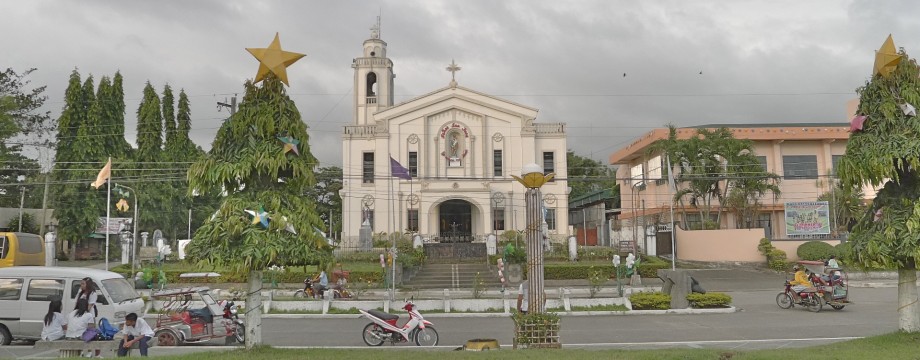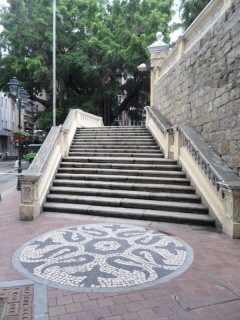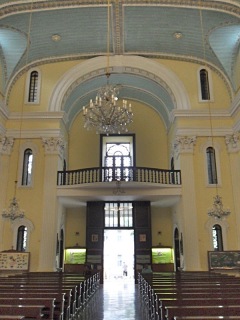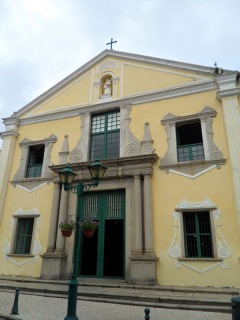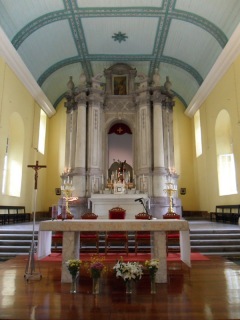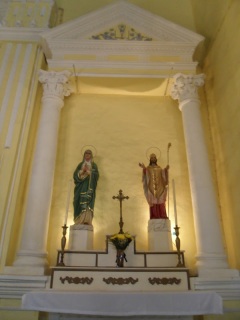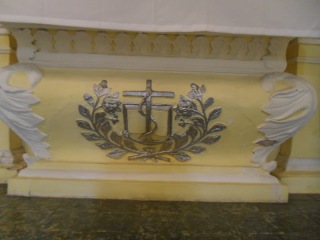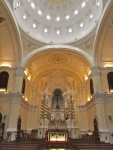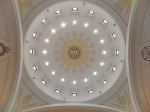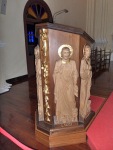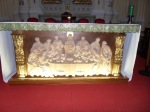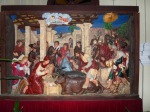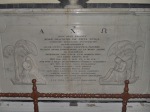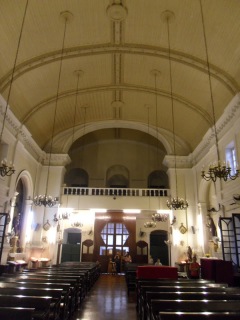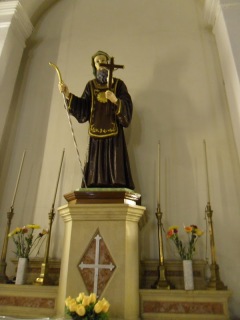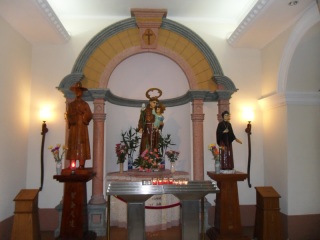The Church of Masinloc:

The Church of Masinloc
About the Church: It is one of the cultural heritage churches and a national cultural treasure in the Philippines because of a polychrome portal leading to the choir loft. It was built with coral stones by Augustinian Recollects and is the oldest church in the Diocese of Iba and it has a stood intact until it was damage by an earthquake in the early 1990’s.
In the heart of the town of Masinloc is a rare 17th century majestic structure, the Church of San Andres, a little – visited gem that just happens to be the oldest parish church in the province.
As all baroque churches, San Andres Church is characterized by magnificence, grandeur and richness in design. The size of the church is compelling. Though more than four centuries old, the structure still possesses a beauty that will make an experience worthy of journal entry. Perhaps all these years made the church even more beautiful and breathtaking; it goes to prove that there really is beauty in age. The façade of the church, which is believed to be an architectural breakthrough the era it was built, equals the eminence of its size. In the early times niches at the façade were placed and images of San Agustin, San Andres and San Nicholas were installed.
The façade is highlighted by a bell tower located at its right hand side, finished in 1883. Bell towers are distinct features of colonial churches as they both aesthetic and functional. For practical purposes, bell towers were used to communicate to the townspeople by means of telling time. Mostly to pray, or making occasions such as weddings or funerals.
A step inside the church reveals a quiet landscape of multicolored slabs of light, coming from the huge stained glass church windows. The windows let natural light and ventilation in; an instant peace fix. Walking along the central aisle, the 17th-century statues of different saints and a more contemporary statue of the risen Jesus begin to grow with every step. Earlier church accounts tell that more interesting pieces adored the interiors of the church; epistle side altars, iron grill pulpits, white marble tabernacle, and beautiful crystal chandelier – all donated by the church’s faithful benefactors. Restoration attempts for some of those pieces that have withstood time are ongoing. The interior of the church is a wonderful contrast, from the newly painted off white walls and dark, hardwood of the pews and centuries old altar adored with gold. Overhead, six antique iron- wrought chandeliers hang from the ceiling on chains, providing the light needed light during the evening.
But the real gem of the church is found at the choir loft – an ornately carved polychrome wall. Made from coral stones, the wall features images of a papal hat and scepter decked with carved leaves and flowers. Though the carvings may not be exactly distinct, it’s the technology behind the wall that makes it unique; the wall was built at a time when putting pigments on coral walls was not yet the practice. Back then, the polychrome wall was an innovation, making San Andres Church ahead of the times.
Over the centuries, the building has miraculously escaped major damage – not until 1999 in 6.8 magnitude earthquake. Restoration was aided by Masinloqueños in town and from around the world. In 2002, the government, through the National Commission for Culture and Arts (NCCA), began restoration works on 26 churches considered as National Cultural Treasures for their cultural significance and distinctive architecture, including San Andres Church.
Until today, restoration has somewhat become a perpetual pledge of the parish, construction is on going to this minute. So step inside and you’ll never guess that the church has withstood several turns of centuries. (sourced from Zambalesnow.Com)
Other Blog Sites to Visit: Gelaikuting (another WordPress Blog!), Simbahan.Net (by Estan Cabigas), Ironwolf.Net’s En Route, I Love Zambales
More Websites to Visit: Philippine Heritage, Zambales Now
More Pictures of the Church: Flickr-Shutterbug500, Myspace-Islasfilipinas
Their Official Website: San Andres Church Official Website
Map Showing the Location of the Church:

The Church of Masinloc / Google Map
Other Pictures of the Church:
-

-
The Church of Masinloc
-

-

-

-

-

-

-

-

-

-

-

-

-

-

-

-

-

-
The Church of Masinloc / Google Map
0.000000
0.000000

